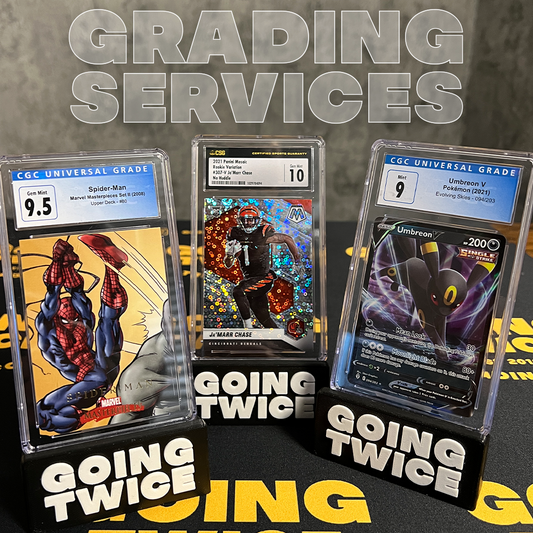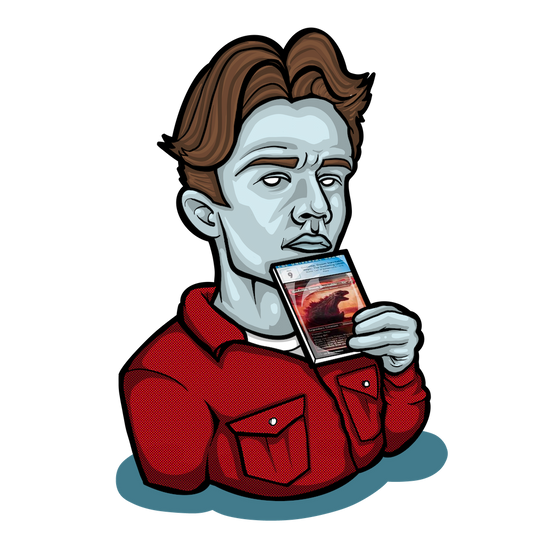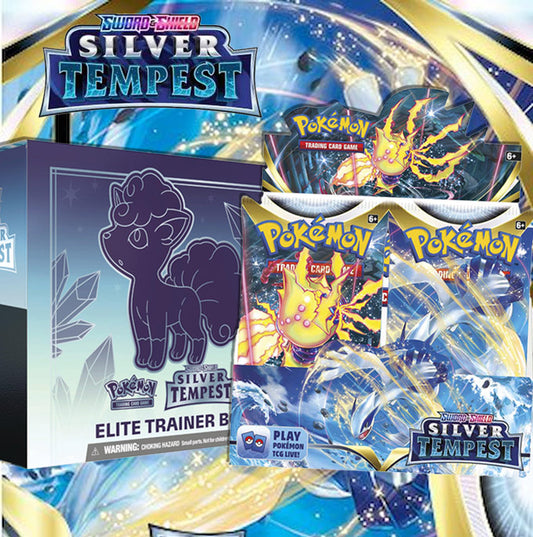
How to Spot Fake Pokemon Cards
Share
In the past two years, there have been more than a few reports of high profile Pokemon card fakes that have made their way into the news. A fake first edition case sold to Logan Paul, fake first edition cards being graded by PSA, people purchasing cards on eBay only to receive proxy cards in the mail, and the list goes on. With so much money to be made, it is no wonder that as the hobby kicked into full gear, so did the efforts to create convincing forgeries.
Today we will be discussing some quick tips to quickly identify fake cards from real ones, how to spot a likely fake first edition stamp, and ways to check if a PSA slab is authentic. It can be difficult for people just getting into the hobby to spot a well done fake, and sometimes even veterans can be taken for a ride if they are not on the lookout. It is important to always be careful and do your due diligence before agreeing to any major deals.
It surprises many people to discover how prevalent fake Pokemon cards really are, even among buyers who purchase only in higher end circles. From personal experience, and the experience of others who buy large collections, a big lot of raw cards will inevitably contain fake cards. The way that fakes are moved by the scammer who bought or produced them is to mix them in with a bunch of authentic card lots. The buyer would have to examine every single card to catch it, and when the deal is a big one, there often isn't time to do that. This is how fakes can enter the marketplace and even be sold by reputable sellers who had no intention to scam anyone.
What to look for in Raw cards
If you have any familiarity with Pokemon cards, the first test is simply the feeling of the card itself. Even well done fakes often feel slightly too thin, are slightly too small, or have an overly glossy finish on the surface. The thinness of the card will often be the biggest giveaway, and fakes will feel flimsy and can bend much farther than an authentic card before creasing. Shining a light through the back of the card can also give you an indication if the card is real or not. The amount of light coming through the card when shining a bright light very close to the card should be consistent across the entire card. Note that this is a debated form of authentication because to text accurately, you need to compare a real card from the same set to the suspected fake.
Authentic Pokemon cards also have a black layer between the front and back of the card (from how they are manufactured), which is why the nuclear option to check for authenticity is to rip a card in half (you've probably seen people doing this on social media) and check for the black lining. Obviously ripping cards in half is not the ideal solution and isn’t necessary in almost all cases. If the entire Pokemon logo is completely visible through the back of the card, the card is too thin, doesn’t have the black layer, and is a fake. The same is true for modern cards, and fake full arts are often easy to spot due to their lack of texturing that the authentic counterparts have.


Another tell tale sign of a fake card is the print quality of the card itself. In almost every case of a fake, the text is slightly blurry or the wrong font, the background color of the card is oversaturated, and the quality of everything on the card is grainy or pixelated instead of being sharply in focus. The Pokemon logo on the back of fake cards is almost always blurry. Also keep an eye out for misplaced or badly spaced text on the card. This can occur when the printer for the fakes wasn’t lined up quite right or the doctored image printed on the card wasn’t scaled correctly to fit the size of the card. In my experience, the grainy imaging or the odd saturation of the card is the easiest to spot. Remember to trust your gut, if the card feels wrong in your hand and looks ever so slightly off, you are probably right to assume it is a fake and to take a very close look at the rest of the sellers’ cards.

But what if the card is real but the slab is fake?
A collector's worst nightmare... You purchase what you believe to be a high end card graded highly by a company you trust only to realize the slab isn’t real after you’ve parted with a bunch of cash. It has happened to many people both online and at conventions and local meetups. The most common slab with fakes has been PSA, as the company commands high resale value and has over eight variations of labels that have been used over the years. The newest PSA label has been a big leap forward, with black light imaging and a multi-layered holo pattern behind the PSA label on the front and back, the ability to forge the label has become almost impossible. People will still try and a great video to check out about modern PSA fakes was done by Breakout Cards on YouTube:
The older labels had less security measures in place to prevent forgeries. It is always better to purchase slabs in person, particularly when buying a lot, as you can hold them, get a feel for the plastic, and get a much better view of the label than you will on sites like eBay or PWCC. However, if you are like me, you mostly buy online and need to know what to look for. First thing to check is the label inside the slab and ensure it takes up the entire box allotted for it. A label should never be smaller than the space given to it and should not rattle around or look loose in the slab. Sealing errors do occur, but if a loose label is featured in the pictures, a closer look at the seller and where the slab came from is definitely in order. The second thing to check for (which is easier done in person) is “frosting” on the edges of the slab. PSA seals their slabs so that if opened, the plastic will have small breaks inside causing a cloudiness to remain even if the slab is resealed. An unaltered authentic PSA slab will always be perfectly clear when looked at from the side, and any misting or frosting in the plastic is a dead giveaway that the slab has been tampered with. If you are buying in person, it helps to bring a real slab with you, as even well-crafted fakes look fake when put side-by-side with the real thing.
Fake 1st Edition Stamps
Finally we come to one of the most nefarious forgeries in Pokemon due to its difficulty to spot... the fake first edition stamp. This caught headlines when it was revealed that PSA had actually graded a few of these forgeries as authentic first editions and it is a scary prospect for potential buyers. Only someone who knows what to look for can easily spot the fake stamps when they are expertly done. However, they are possible to spot and if you are on your guard, you can prevent yourself from being taken in by these fakes and losing a lot of money in the process. First, the position of the stamp will be ever so slightly wrong when compared to a real card. Most fakes will be for Base set, as they have the highest resale value, and the stamp won't match the exact alignment of an authentic first edition card. Being able to see these differences in person is important and just such a video exists. Smpratte put together a great YouTube video on this, and I highly recommend giving it a watch. He gives multiple examples of fake 1st ed Cards and having this reference could really save your ass!
At the end of the day, trust your gut when buying cards and a deal that seems too good to be true, probably is.



